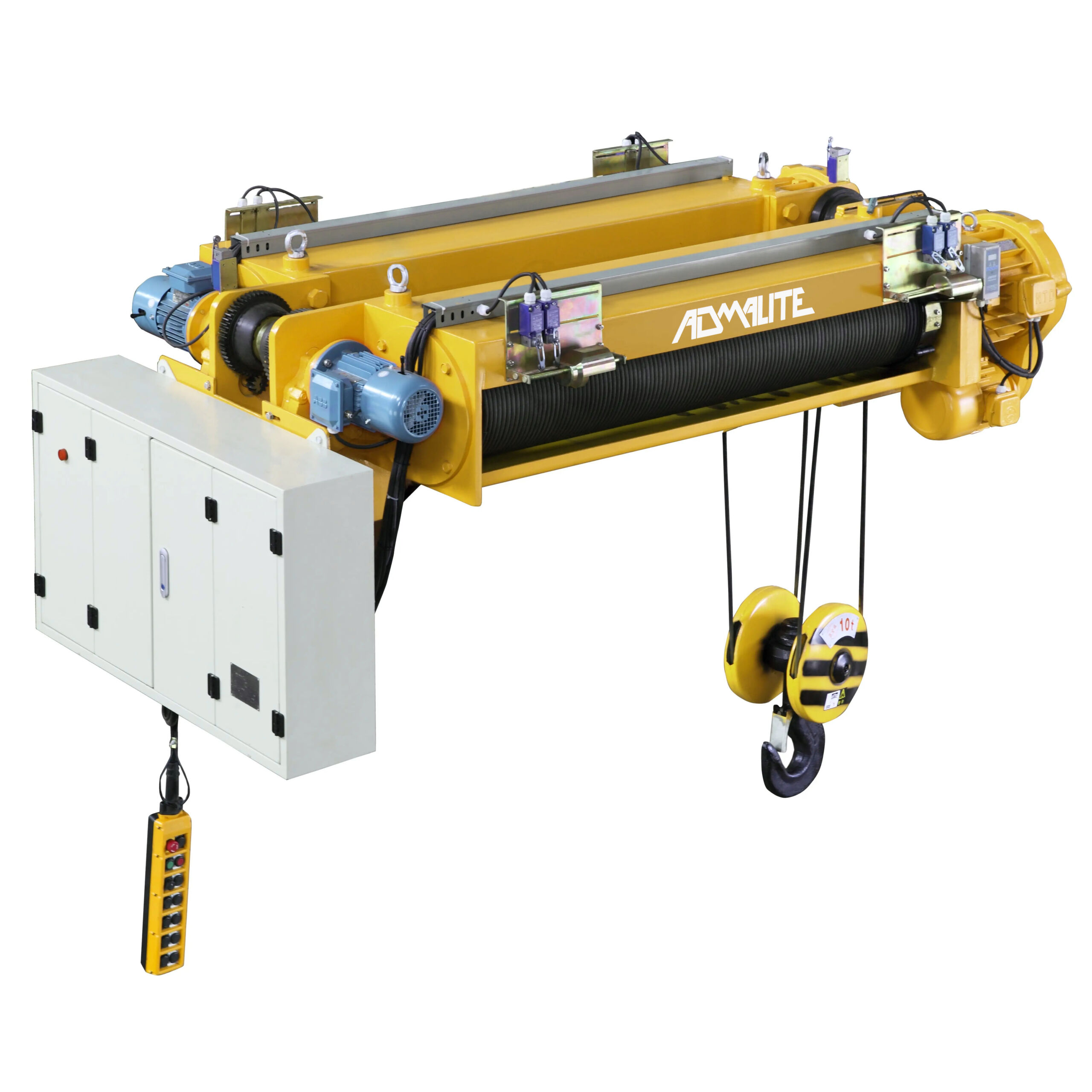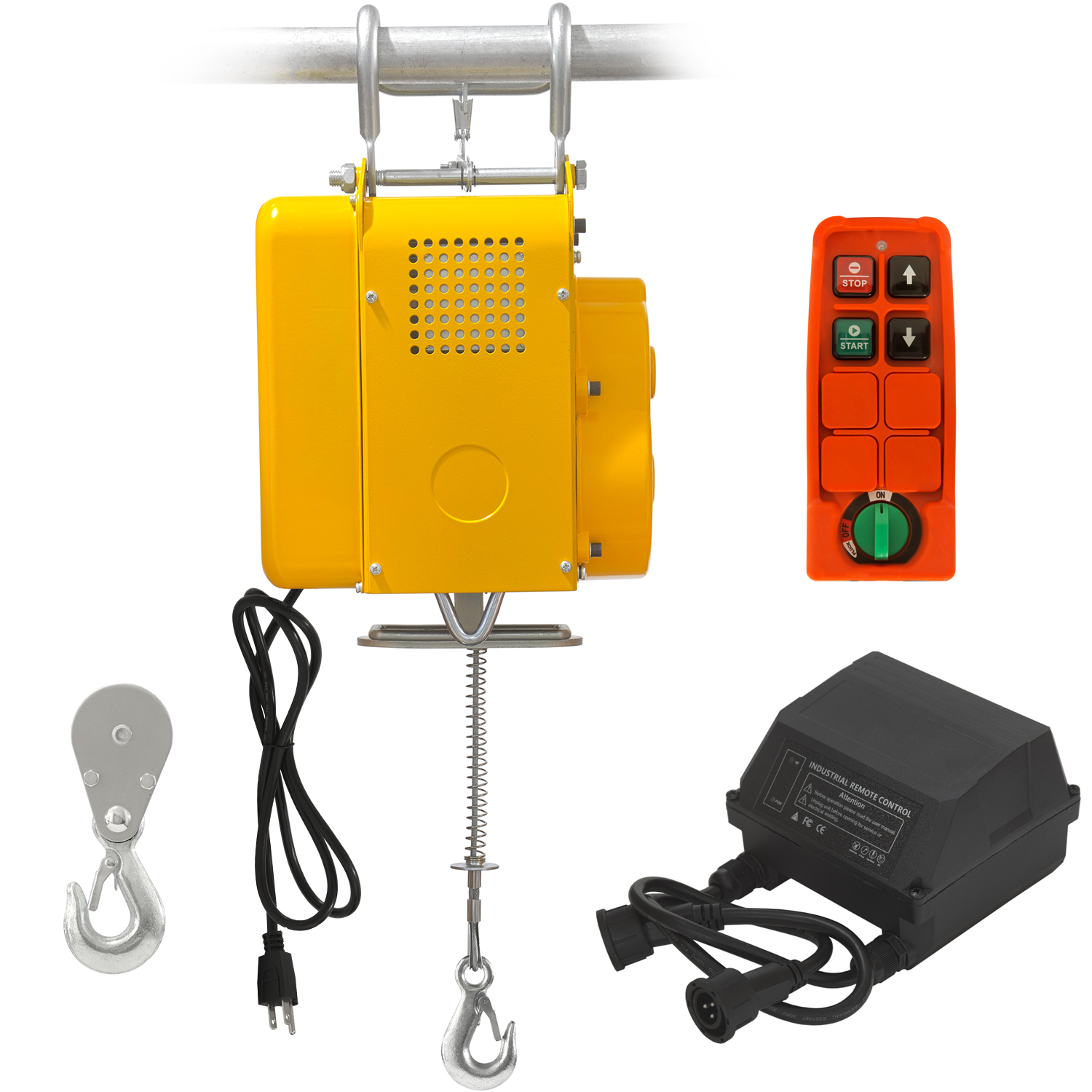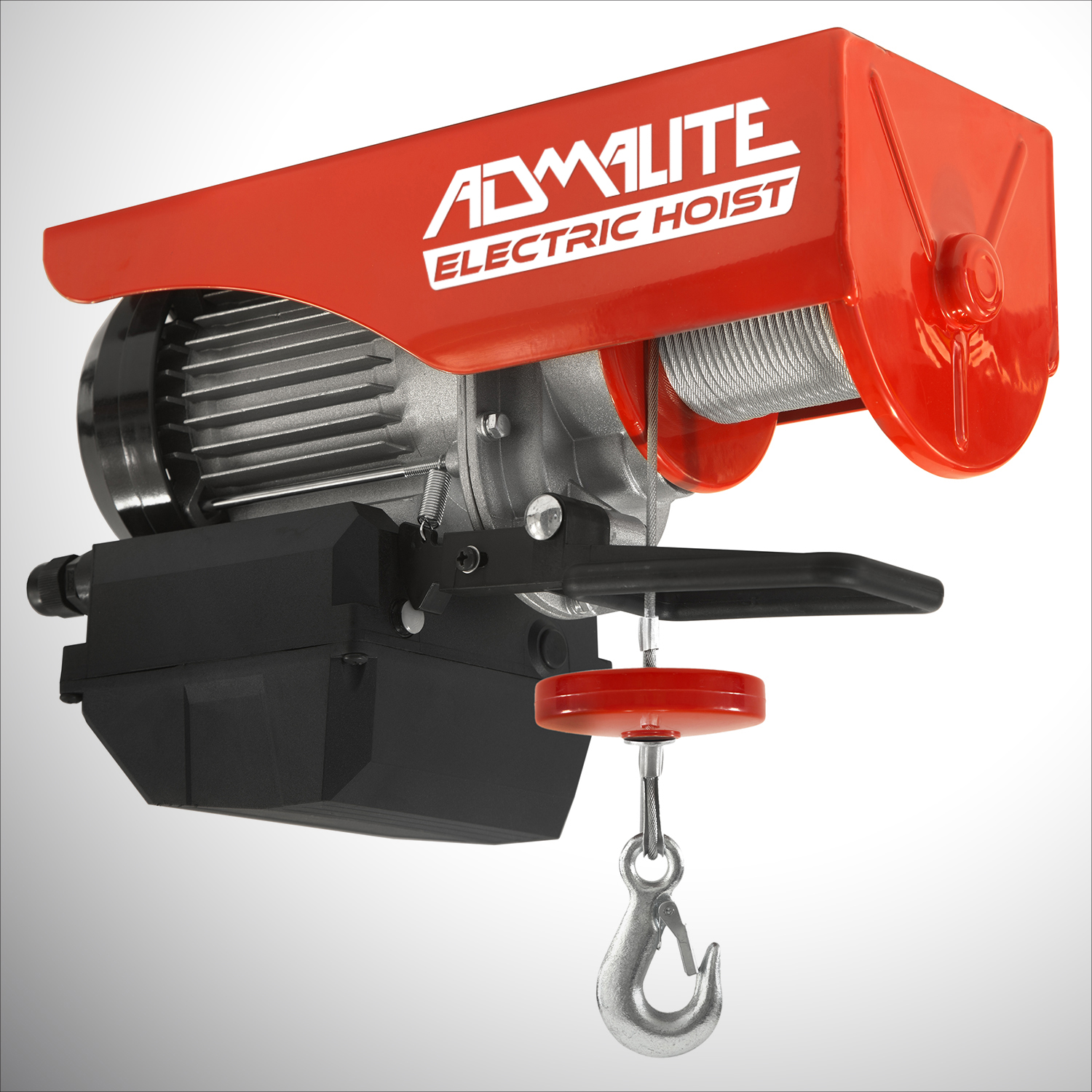Knowledge Center
Welcome to the Admalite Knowledge Center, your go-to resource for material lifting information and resources. Our Knowledge Center is designed to provide you with valuable insights, tips, and advice to help you get the most out of your material lifting equipment. Whether you’re a seasoned professional or new to the industry, our articles and FAQs can help you improve your knowledge and skills. Our goal is to empower you with the information you need to make informed decisions about your equipment and operations. Explore our Knowledge Center today to discover the benefits of working with Admalite.
Recent Posts
Our Knowledge Center features a wide range of articles designed to help you get the most out of your material lifting equipment. Our articles are organized by topic, date, and popularity, making it easy to find the information you need. Each postcard or tile includes a clear and descriptive title, a brief summary, and a visually appealing image to help you quickly identify the article that interests you. Whether you’re looking for information on specific equipment, industry trends, or best practices, our Knowledge Center has you covered. Explore our articles today to learn more about material lifting and how you can optimize your operations.
FAQ’s
Our Knowledge Center also includes a comprehensive FAQ section, designed to answer some of the most common questions about material lifting equipment. Our FAQs are organized by topic or category, making it easy to find the information you need. Each question is followed by a clear and concise answer, providing you with the information you need to make informed decisions about your equipment and operations. Our FAQ section covers a range of topics, from maintenance and repair to safety and compliance. If you have a question that isn’t covered in our FAQ section, please don’t hesitate to contact us for more information.
- 1 Ton Cable Hoist Questions
- Chain Hoist Questions
- Control Panels
- Control Questions
- Gantry Crane Questions
- Scaffolding Hoist Questions
- Wire Rope Hoist Questions
A hoist operates by converting electrical energy into mechanical energy, using a motor to turn a drum or lift-wheel. This action winds or unwinds a rope or chain, lifting or lowering the load.
The main purpose of a hoist is to lift and lower heavy loads safely and efficiently, making it an essential component in many industrial applications.
A hoist is a device used to lift and lower loads, typically within a confined area. A crane, on the other hand, is a larger system that moves loads horizontally and vertically over a wider area.
A crane controller manages the operation of the crane, ensuring precise control over lifting, moving, and placing loads. It integrates safety features to prevent accidents and enhance efficiency.
Basic crane controls include:
- Lift and Lower: Controls the up and down movement.
- Trolley Traverse: Moves the trolley along the crane’s beam.
- Bridge Travel: Moves the entire crane along the runway.
- Manual Control Panels: Operated by human input.
- Automatic Control Panels: Programmed for specific tasks.
- Remote Control Panels: Operated from a distance using wireless technology.
A hoist system works by using a motor to lift and lower loads via a drum or lift-wheel. The system includes various safety and control features to manage the lifting process effectively.
A hoist control system includes all the components and controls necessary to operate a hoist safely and efficiently. This system ensures smooth and precise movement of loads.
A crane control panel is the central system that controls all the crane’s functions, including lifting, lowering, and moving loads. It houses the controls, indicators, and safety devices necessary for efficient crane operation.
A hoist controller manages the movement of the hoist by controlling the motor and other components. It ensures precise lifting, lowering, and positioning of loads. At Admalite, our hoist controllers are designed for optimal performance and safety.
Regular maintenance includes lubrication, cleaning, and routine checks for any signs of wear or damage. Proper maintenance ensures the hoist operates safely and efficiently.
Factors to consider include load capacity, lifting speed, build quality, and ease of operation to ensure the hoist meets your specific project requirements.
Depending on the model, scaffolding hoists can typically lift between 100 to 2000 kg, catering to a variety of construction needs.
By reducing the need to carry heavy loads manually, scaffolding hoists decrease the risk of falls and injuries, ensuring a safer work environment.
A scaffolding hoist is a motorized device used to lift materials and tools vertically within a scaffold setup, enhancing safety and efficiency on construction sites.
Winch rope, often made from synthetic materials, offers significant strength but generally less than steel cable. However, synthetic ropes are lighter, easier to handle, and may be more suitable for certain applications despite their lower load-bearing capacity compared to steel cables.
It is not advisable to use an electric winch as a hoist because it may not have the appropriate load-holding and safety features necessary for safe vertical lifting.
Winches lack the necessary safety features required for lifting, such as a braking system to hold the load securely in place when suspended. Using a winch as a hoist increases the risk of uncontrolled movements or drops.
The weight a hoist can lift depends on its rated capacity, which ranges from light loads of a few hundred pounds to several tons. It’s crucial to use a hoist that matches or exceeds the weight of the load for safety.
A 1/2 ton hoist typically weighs between 50 to 150 pounds, varying based on the model and construction. Our Admalite 1/2 Ton wire rope hoist weights 42 pounds.
While “best” can vary based on specific needs and preferences, reputable manufacturers of electric hoists include Admalite, Yale, Harrington, Coffing, and CM, known for their quality, reliability, and wide range of products.
The main difference lies in their applications: an electric hoist is used for lifting or lowering loads with precision and safety, often equipped with braking mechanisms suitable for vertical movements. An electric winch is used primarily for pulling or towing loads horizontally, and may not have the necessary safety features for vertical lifting.
A cable hoist is designed specifically for lifting or lowering loads vertically with high precision and safety features suited for handling heavy weights. A winch, on the other hand, is generally used for pulling or towing loads horizontally across a surface.
The weight of a 1 ton hoist varies depending on its design and materials but typically ranges from 100 to 300 pounds. However, our Admalite 1 Ton Wire Rope Hoist only weights 70 pounds.
It operates through an electric motor driving a gearbox, which rotates a cable drum to lift or lower loads, controlled by a pendant for precision.
A 1 ton electric cable hoist is a compact, versatile device designed to lift and lower heavy loads using a powerful electric motor and a cable drum.
A crane refers to the entire lifting mechanism, including boom, hoist, and other components. A gantry specifically refers to the structure that supports the crane, typically used to describe the framework in gantry crane systems.
The cost varies based on capacity, span, and customizations. Admalite gantry cranes offer competitive pricing with detailed quotes available upon request, ensuring transparency and suitability for your budget and needs.
While gantry cranes are incredibly versatile, they can be less ideal for operations that require high speeds or extensive vertical lifting because they generally operate at lower speeds and have height restrictions.
The main difference lies in their structure and mobility. Overhead travelling cranes are mounted on elevated runways and move along two rails. In contrast, Admalite gantry cranes are self-supporting and can be moved around on wheels or along a track system.
Dragging a load risks destabilizing the crane, leading to potential accidents. Admalite’s training emphasizes correct handling techniques to prevent such hazards.
Yes, comprehensive training is mandatory for operating any gantry crane safely. Admalite ensures that all operators are proficiently trained and meet or exceed OSHA standards.
It is possible but not advisable to move a gantry crane while loaded due to safety risks. Admalite recommends following operational guidelines and safety protocols strictly.
Admalite gantry cranes offer exceptional portability, adaptability to varied environments, and are capable of lifting substantial loads with ease, enhancing operational efficiency in numerous industrial applications.
The gantry on a crane is the supportive structure that allows the crane to lift and transport heavy materials across the work area.
Pairing a remote control with the hoist or crane involves these steps:
- Power on the remote control.
- Put the hoist or crane in pairing mode according to the user manual.
- Initiate the pairing sequence on the remote control by following instructions in the user manual.
- Once the devices are detected and connected, confirm the successful pairing and test the controls.
A crane remote control system is an advanced electronic device that allows operators to remotely operate hoists and cranes. It serves as a direct interface, enabling precise control over movements, lifts, and positioning without the need for physical proximity to the equipment.
Troubleshooting a crane remote control involves identifying and addressing common issues. Here are some steps you can take:
- For unresponsive controls, check the battery level, ensure no obstructions, and verify range.
- For intermittent signal loss, inspect and adjust the antennas on both the remote and the equipment.
- For delayed response, check for signal interference and ensure fresh batteries.
Synchronizing a crane remote is a straightforward process that ensures seamless communication between the remote control and the hoist or crane. Follow these steps:
- Power on the crane remote and the hoist or crane.
- Put the hoist or crane in pairing mode, typically by following instructions in the user manual.
- Initiate the pairing sequence on the remote control. This often involves pressing specific buttons or a combination of buttons.
- The remote control will search for available devices. Once the hoist or crane is detected, a connection will be established.
- Confirm the successful pairing, and test the controls to ensure they operate as intended.
While electric hoists offer several benefits, including improved speed, precision, and safety, they also have some potential disadvantages. For example, electric hoists require a power source, which can limit their use in certain environments. Additionally, electric hoists can be more expensive than manual hoists and require regular maintenance to ensure optimal performance.
Wire rope hoists are designed for vertical lifting applications, while winches are primarily used for horizontal pulling. Additionally, wire rope hoists are equipped with a brake mechanism that prevents the load from dropping if the power supply is interrupted.
The different types of electric hoists include electric wire rope hoists, electric chain hoists, and electric belt hoists. Each type of hoist has its own unique features and benefits, and the choice between them depends on the specific lifting application.
The best electric hoist for your application depends on several factors, including the weight of the load, the lifting height, and the environment in which it will be used. Admalite’s Electric Wire Rope Hoist is a high-quality, reliable product that is designed to meet the needs of a wide range of lifting applications.
While hoists are primarily designed for vertical lifting applications, some models can be used for horizontal pulling. However, it is important to check the manufacturer’s specifications to ensure that the hoist is suitable for horizontal pulling applications.
Pulling winches are designed for horizontal pulling applications, such as towing a vehicle or boat. Lifting winches, on the other hand, are designed to lift and move loads vertically. Lifting winches are equipped with a brake mechanism that prevents the load from dropping if the power supply is interrupted.
While both electric chain hoists and electric wire rope hoists have their advantages, Admalite’s Electric Wire Rope Hoist offers superior lifting capacity and durability, making it the better choice for heavy-duty lifting applications.
Admalite’s Electric Wire Rope Hoist is a powerful lifting solution that is designed to safely and efficiently move heavy loads in industrial environments. It can be used in a wide range of applications, including manufacturing, construction, and mining.
While winches and hoists are similar in some ways, they are not interchangeable. Admalite’s Wire Rope Hoist is specifically designed for lifting loads vertically and should be used for this purpose.
A hoist is used to lift and move heavy loads vertically, while a winch is used to pull loads horizontally. Admalite offers both hoists and winches to suit different lifting and pulling needs.
The height of the garage needed for a hoist depends on the type and size of the hoist and the height of the load to be lifted. Admalite experts can advise you on the appropriate garage height needed for your specific lifting needs.
Yes, a chain hoist can be used to pull horizontally by attaching the load to the hook and pulling the chain in a horizontal direction. Admalite offers chain hoists with both vertical and horizontal lifting capabilities.
A hoist is a device used to lift and move heavy loads, while a lift is a platform used to raise and lower people or objects. Admalite offers a variety of hoists and lifts to suit different lifting needs.
The most efficient type of chain hoist depends on the specific lifting needs and the environment in which it will be used. Admalite offers manual, electric, and pneumatic chain hoists, each with its own advantages and efficiencies.
Like any equipment, a chain hoist can fail if not used properly or maintained regularly. Admalite provides maintenance and repair services to keep your chain hoist in good working condition.
The weight capacity of a chain hoist depends on the type and size of the hoist. Admalite offers a wide range of chain hoists with varying weight capacities to suit your lifting needs.
A hoist should be attached to a solid structure that can support the weight of the load. This can include a ceiling beam, a support frame, or a gantry crane. Admalite offers installation services to ensure that the hoist is mounted securely to the appropriate structure.



